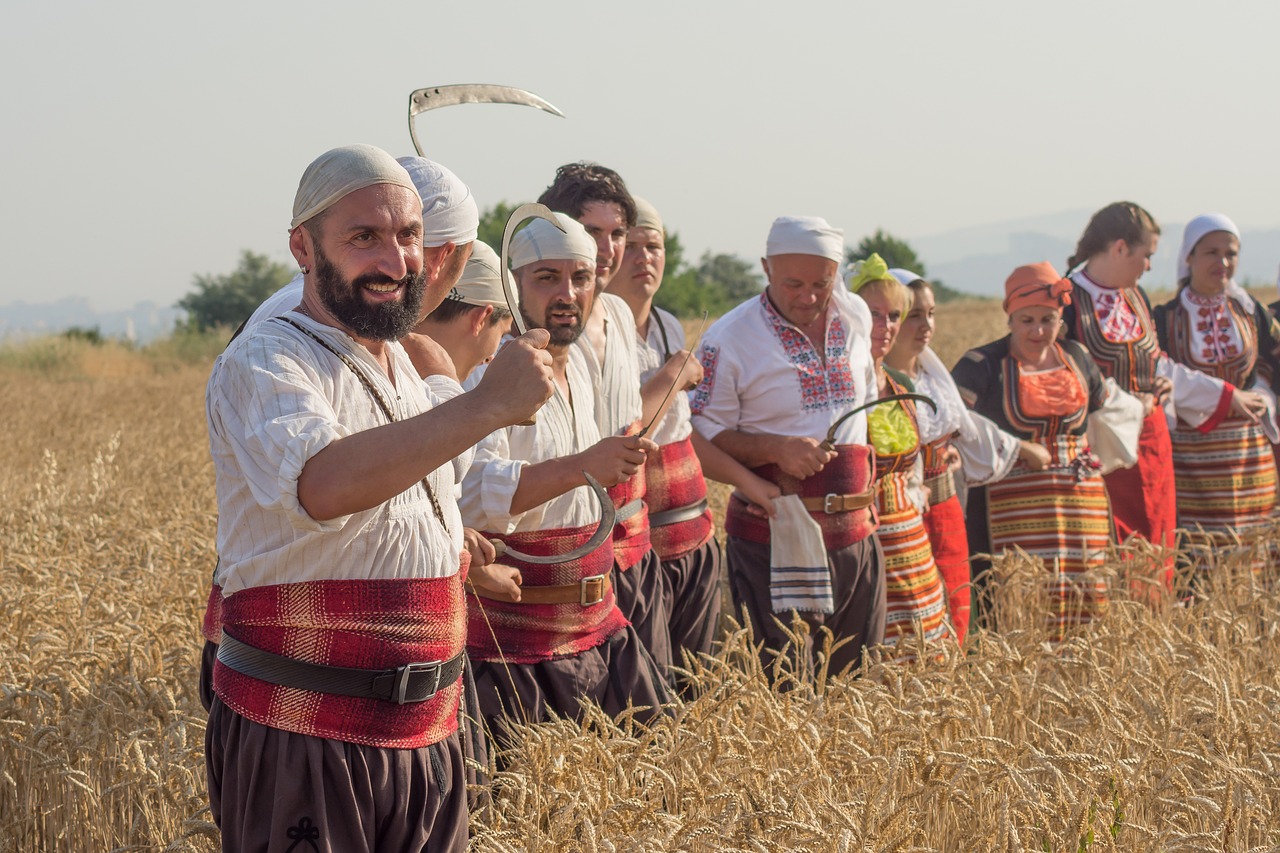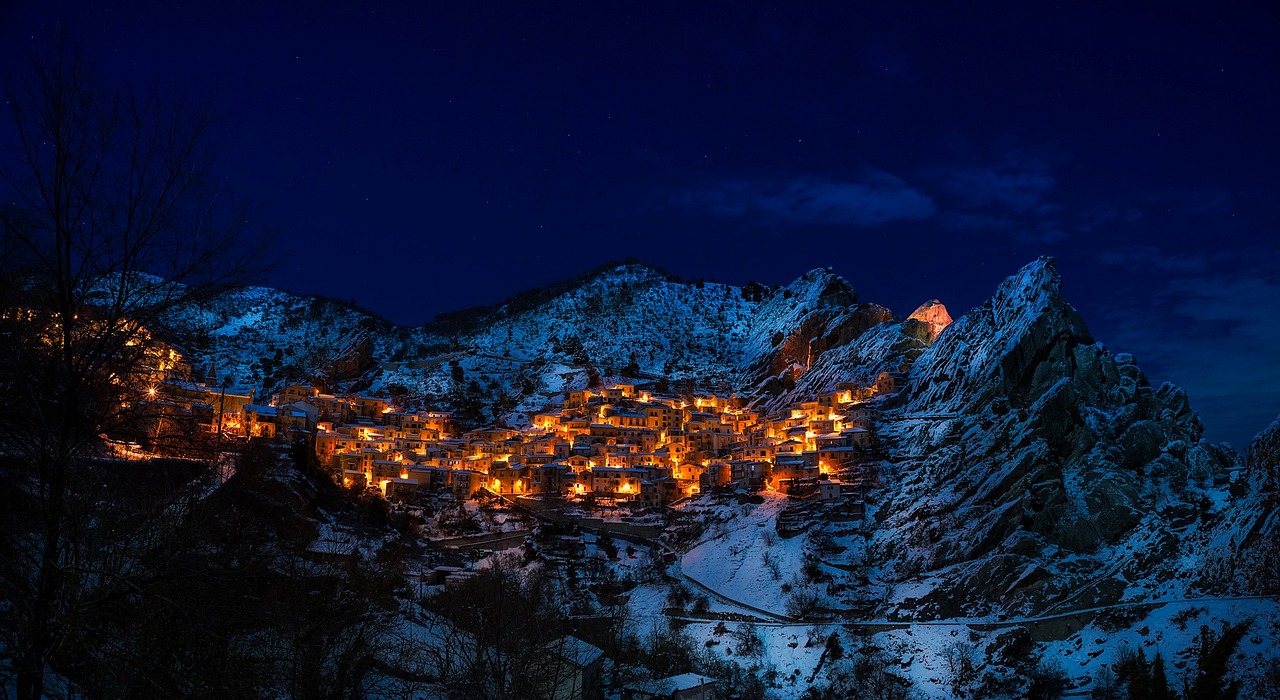Nestled amidst the majestic Sredna Gora mountain range, Oborishte stands proud as a significant historical site in Bulgaria. This enchanting locale, aptly known as the birthplace of the April Uprising, resonates with the spirit of freedom that courses through its very veins. Declared a historical area in 1977, Oborishte holds the key to Bulgaria’s courageous struggle against Ottoman Dominion. The allure of this hallowed ground lies not only in its historical significance but also in its accessibility. Situated near Panagyurishte, Oborishte can be easily reached via an asphalt road, beckoning visitors to embark on a journey of enlightenment. As one traverses the path adorned with poignant fragments of poetry and thoughts about the April Uprising, the essence of freedom permeates the air. Moreover, the surrounding area offers a plethora of attractions, including the Kozi Gramadi, Septemvri, The Klisura Museum of History, The Etropolski Monastery St. Trinity, and the Cathedral Church St. Mary in Pazardzhik. Embark on a pilgrimage to Oborishte and immerse yourself in the rich tapestry of Bulgaria’s historic freedom hub.
Key Takeaways
- Oborishte is a historical site located in the Sredna Gora mountain, 10 kilometers northwest of Panagyurishte.
- The first Grand National Assembly in Bulgaria’s history was conducted in Oborishte in 1976, where the decision to announce the April Uprising was made.
- The site is located in a beech forest in the valley of Panova river and can be reached from Panagyurishte by the asphalt road to the village of Oborishte and the village of Poibrene.
- The Panagyurishte Museum of History, located in Panagyurishte, provides additional information and exhibits related to the historical site.
Oborishte’s Significance
Oborishte holds great historical significance as it was the location of the first Grand National Assembly in Bulgaria’s history, where the decision to announce the April Uprising to free Bulgaria from Ottoman Dominion was made. This event marked a turning point in Bulgaria’s fight for independence and had a profound impact on the country’s history. The assembly, held in 1976, chose Georgi Benkovski as the leader of the uprising. The April Uprising, which began with the first bullet being shot on the Parva pushka bridge in Koprivshtitsa on April 20, aimed to liberate Bulgaria from centuries of Ottoman rule. The importance of Oborishte in this struggle for freedom cannot be overstated, and it continues to be celebrated each year through national festivals and events held in the historical area.
Location and Accessibility
Located in the Sredna Gora mountain range, the historical site of Oborishte is easily accessible from nearby towns such as Panagyurishte and Pazardzhik. Visitors to Oborishte have the opportunity to immerse themselves in the natural surroundings of the area, as the site is located in a picturesque beech forest in the valley of Panova river. To reach the site, transportation options include taking the asphalt road from Panagyurishte to the village of Oborishte and the village of Poibrene. From Oborishte hut, it is a short 800-meter walk to the historical site. Along this walking path, visitors can enjoy the beauty of the surroundings while also reflecting on the fragments of poems and thoughts about the April Uprising, adding a deeper meaning to their visit. The accessibility and natural beauty of Oborishte make it an ideal destination for those seeking a historical and freedom-oriented experience.
Related Attractions
Other notable attractions in the vicinity of Oborishte include the picturesque mountain peaks of Kozi Gramadi, the charming town of Septemvri, the Klisura Museum of History, the serene Etropolski Monastery St. Trinity, and the majestic Cathedral Church St. Mary in Pazardzhik. These attractions offer a range of recommended activities that allow visitors to further explore the cultural heritage of the region.
Kozi Gramadi, located nearby, is a natural wonder with its stunning mountain peaks and breathtaking views. It is a perfect destination for hiking enthusiasts, providing numerous trails and paths to explore.
Septemvri, a charming town in close proximity to Oborishte, offers a glimpse into Bulgaria’s rich history and cultural traditions. Visitors can immerse themselves in the local culture by exploring the town’s historic sites, such as its picturesque old town and traditional Bulgarian houses.
The Klisura Museum of History is another must-visit attraction, showcasing the historical significance of the Klisura region. Through its exhibits and artifacts, visitors can learn about the region’s past, including its role in the April Uprising.
For those seeking serenity and spirituality, the Etropolski Monastery St. Trinity provides a tranquil retreat. This monastery, nestled in the scenic surroundings, offers visitors the opportunity to explore its beautiful architecture and learn about its religious significance.
Lastly, the Cathedral Church St. Mary in Pazardzhik is a majestic religious site that showcases the architectural splendor of the region. Visitors can marvel at its intricate design and learn about the religious and cultural significance of the cathedral.
Overall, these attractions near Oborishte offer a range of activities and cultural experiences, allowing visitors to further delve into the rich heritage of the region.
Frequently Asked Questions
What is the historical significance of Oborishte and why is it considered a historic freedom hub?
Oborishte holds historical significance as the site where the first Grand National Assembly in Bulgaria took place in 1876, leading to the April Uprising against Ottoman rule. It is considered a historic freedom hub for its role in the fight for Bulgaria’s liberation.
How can I reach Oborishte from the nearby town of Panagyurishte?
To reach Oborishte from Panagyurishte, transportation options include taking the asphalt road to the village of Oborishte and the village of Poibrene. From there, it is approximately 800 meters to the historical site.
Are there any guided tours available at Oborishte? If so, how can I request one?
Guided tours at Oborishte are available upon request. To request a tour, visitors can contact the Panagyurishte Museum of History at +359 357 61940, +359 357 62012, +359 357 63712, or histmuzpan@abv.bg.
Is there a museum at Oborishte where I can learn more about its history?
Yes, there is a museum at Oborishte where visitors can learn more about its history. The Oborishte museum, located at 28 Raina Knyaginya Str. in Panagyurishte, showcases exhibits related to the April Uprising and Bulgaria’s struggle for freedom.
Are there any restrictions or fees for visiting Oborishte?
Visiting Oborishte is as unrestricted as the flowing river, with no fees required. The historical site, nestled in a beech forest, offers guided tours upon request. Access is granted freely, allowing visitors to immerse themselves in Bulgaria’s rich history.












